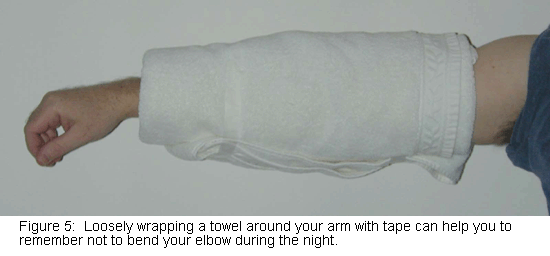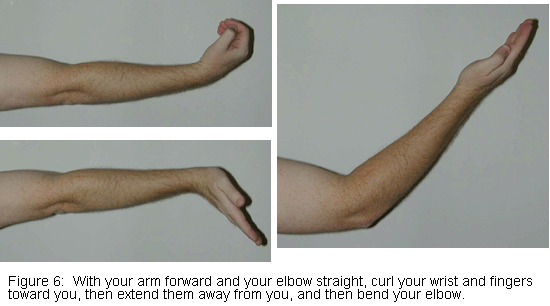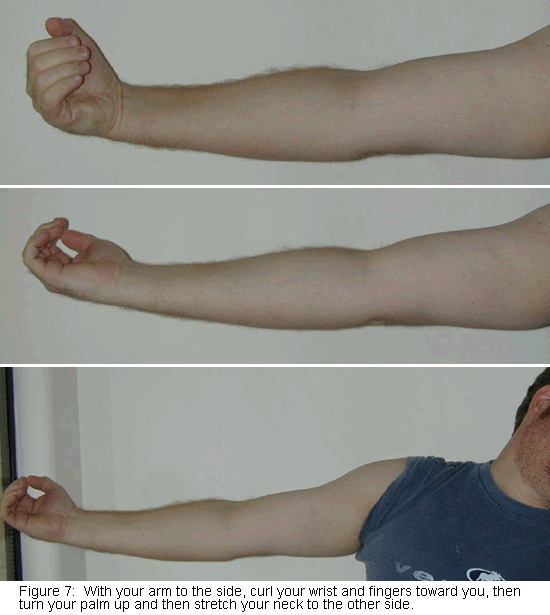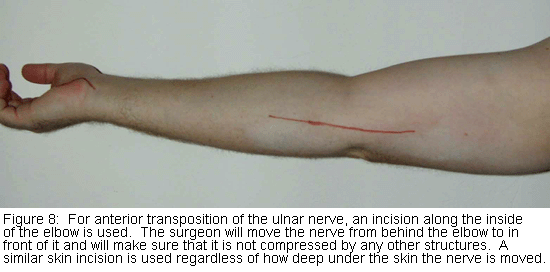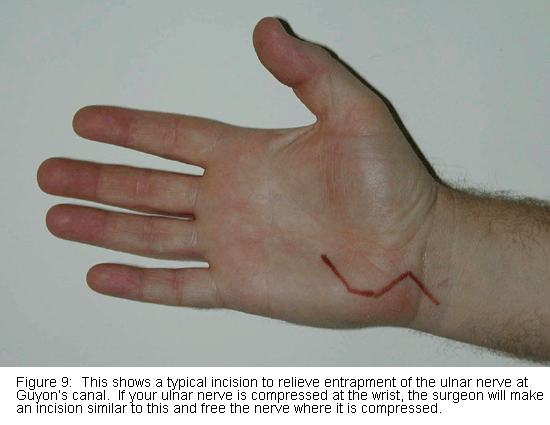Clavicle Fracture (Broken Collarbone)
A broken collarbone (clavicle) is a very common fracture that occurs in people of all ages but occurs more commonly with sports related injuries. The clavicle is located between the ribcage and the shoulder blade and it connects the arm to the body. The collarbone lies above many vital structures, such as nerves and blood vessels.
What causes a clavicle fracture?
Clavicle fractures are most often caused by a direct blow to the shoulder area. These types of injuries occur during a fall on an outstretched arm, a contact hit (when a football player collides with an opponent), or any other type of direct impact to the shoulder that can occur during sporting activities.
What are the symptoms of a broken collarbone?
These types of fractures can be very painful and make it difficult to move your arm. Other symptoms include a sagging shoulder, inability to lift the arm due to pain, a grinding sensation with arm movement, a deformity or “bump” along the collarbone area, bruising, swelling, and tenderness over the broken area.
How is a clavicle fracture treated without surgery?
Broken collarbones do not always require surgery. If the bone ends are not shifted out of place and line up correctly, you may be treated with an arm sling and rest. Basically, the orthopedic specialist will have you wear this to keep your arm in proper position while the collarbone heals.
Once your bone begins to heal, your doctor may order physical therapy for you to help you strengthen the muscle of your shoulder. The therapist will teach you exercises, too, to help prevent weakness and stiffness.
What is involved with surgical treatment?
If your bones are displaced (out of alignment) your orthopedic specialist may recommend surgery to align the bones. This is done to hold them in position while they heal.
During the procedure, the bone fragments are repositioned into normal alignment and held in place with special screws and metal plates that attach to the outer surface of the bone.
After your surgery, you may notice a small patch of numb skin below the incision but with time this is less noticeable. You will also be able to feel the plate through your skin. These plates and screws are not removed until long after the bone heals.
Dislocation of the Shoulder
Many athletes who play tennis, baseball, or football tend to experience a dislocated shoulder. The shoulder joint is the body’s most mobile joint, turning in many directions. This advantage puts this joint at risk for dislocation. A complete dislocation means that the humerus (upper arm bone) is all the way out of the socket.
What causes dislocation of the shoulder?
Your shoulder can become dislocated by throwing, hitting, and overuse. Many people who play softball or baseball injure their shoulder this way.
What are the symptoms of a dislocated shoulder?
Symptoms include numbness, weakness, bruising, and swelling of the shoulder area. Some dislocations are severe enough to tear tendons and ligaments and to damage nerves. The shoulder joint can be dislocated forward, backward, or downward. The muscles of the shoulder area may have spasms from the disruption, as well, leading to pain and stiffness.
How is a dislocated shoulder treated?
Your orthopedic specialist will have to place the ball of the humerus back into the joint socket. This procedure is called a closed reduction and no surgery is necessary. Once the shoulder is back in place, the pain stops immediately.
Shoulder Impingement (Rotator Cuff Tendinitis)
The rotator cuff is made up of tendons and muscles that allow for a great range of motion of your arm. This is a frequent source of pain for athletes and an area that is at risk for injury during sporting activities. Shoulder impingement is often referred to as rotator cuff tendinitis and is one of the most common causes of shoulder pain.
What causes rotator cuff tendinitis?
When you raise your arm to shoulder height, the space between the bone and rotator cuff narrows. The bone can rub against (or impinge on the tendon and the bursa, causing irritation and pain when the arm is used repeatedly. Young athletes who use their arms for overhead action are particularly vulnerable. This includes those who play tennis, softball and baseball, and swimmers.
What are the symptoms of shoulder impingement?
When the rotator cuff is irritated this can lead to local swelling and tenderness in the front aspect of the shoulder. You may also have pain and stiffness when you lift your arm. There is also a sensation of tenderness when the arm is lowered from an elevated position. Other symptoms include sudden pain when reaching or lifting, pain radiating from the front of the shoulder to the side of the arm, minor pain at rest, and pain when throwing or using the arm.
How is rotator cuff tendinitis treated without surgery?
Your orthopedic specialist wants to reduce your pain and restore function of your shoulder. He will consider your activity level, your age, and your general state of health. Many times shoulder impingement can be treated with medications and rest. It is not uncommon for athletes to be ordered physical therapy to help restore normal motion of the shoulder. Your therapist will teach you specific stretching and strengthening exercises to relieve your shoulder pain and help you get back to normal activities.
What is involved with surgical treatment?
The goal of surgery is to create more space for the rotator cuff and this involves removing a portion of the inflamed bursa. Your orthopedic specialist will perform an anterior acromioplasty, where part of the bone is removed to allow for movement of the rotator cuff. Many times, the surgeon opts to perform this procedure by way of arthroscope.
The arthroscopic technique allows for use of small thin surgical instruments to be inserted around puncture wounds around the shoulder. The doctor can see inside the shoulder through a small camera inserted into the joint that displays images onto a computer TV monitor.

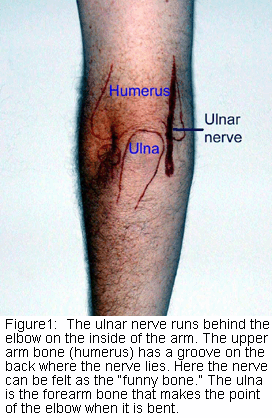 Description
Description 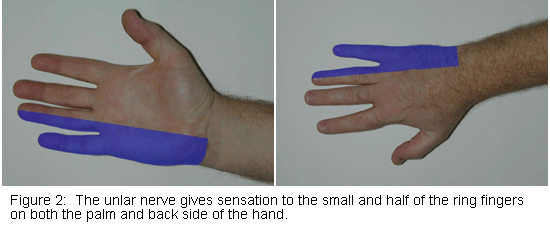
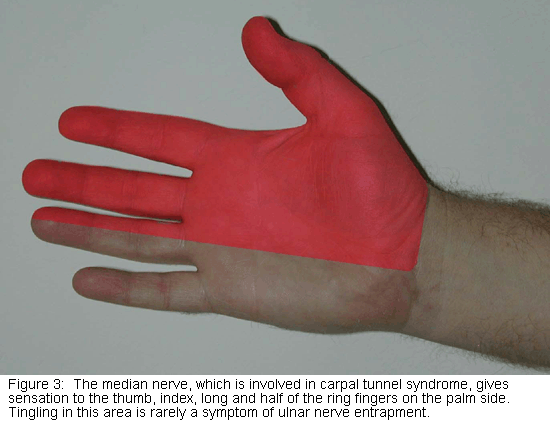
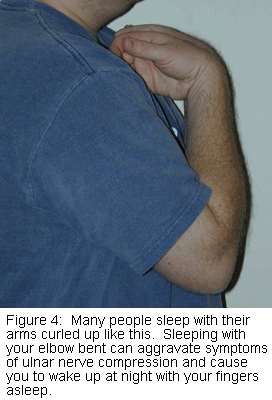 Treatment Options
Treatment Options 